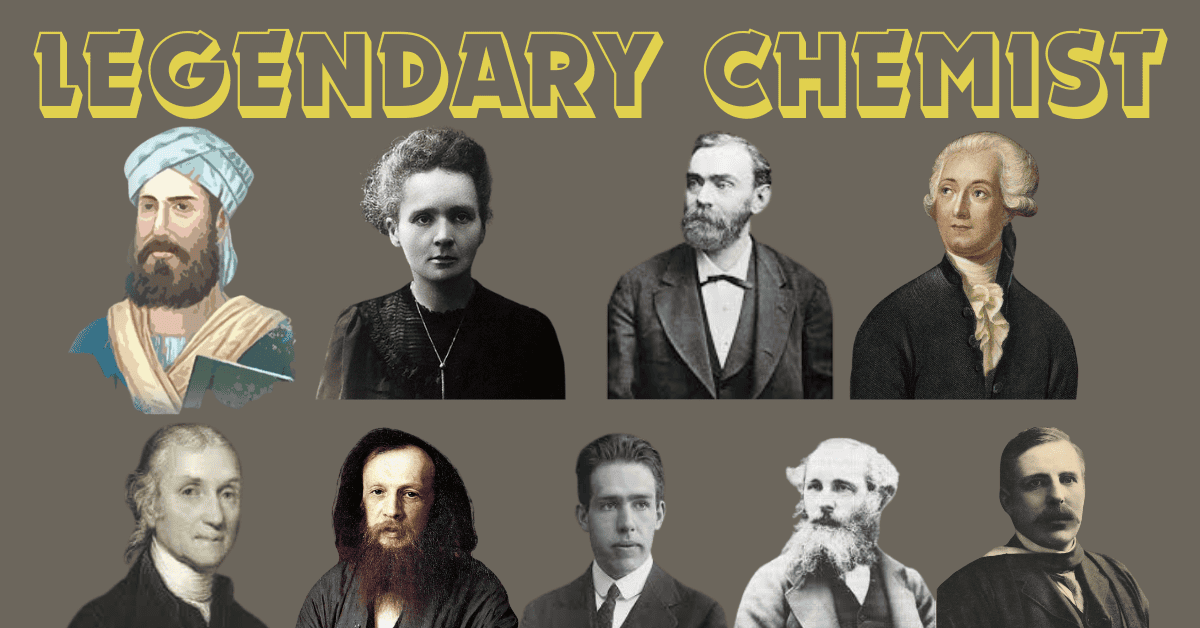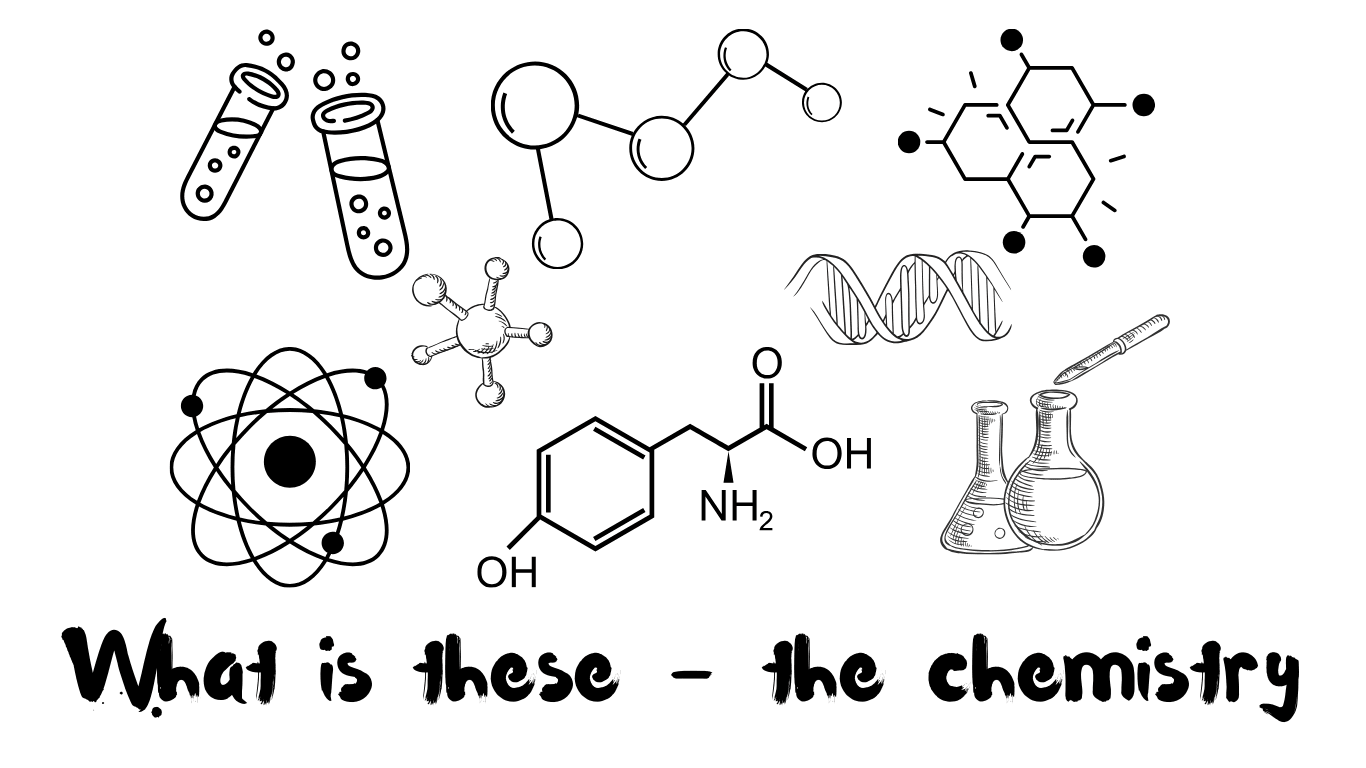Chemical Bonding Deep Dive: Ionic, Covalent, and Metallic Bonds
Introduction Chemical bonding lies at the heart of chemistry, explaining how atoms combine to form molecules, compounds, and materials with diverse physical and chemical properties. Understanding the nature of chemical bonds allows scientists to predict the structure, reactivity, and behavior of substances. At the core, chemical bonding involves interactions between electrons, particularly those in the […]
Chemical Bonding Deep Dive: Ionic, Covalent, and Metallic Bonds Read More »


